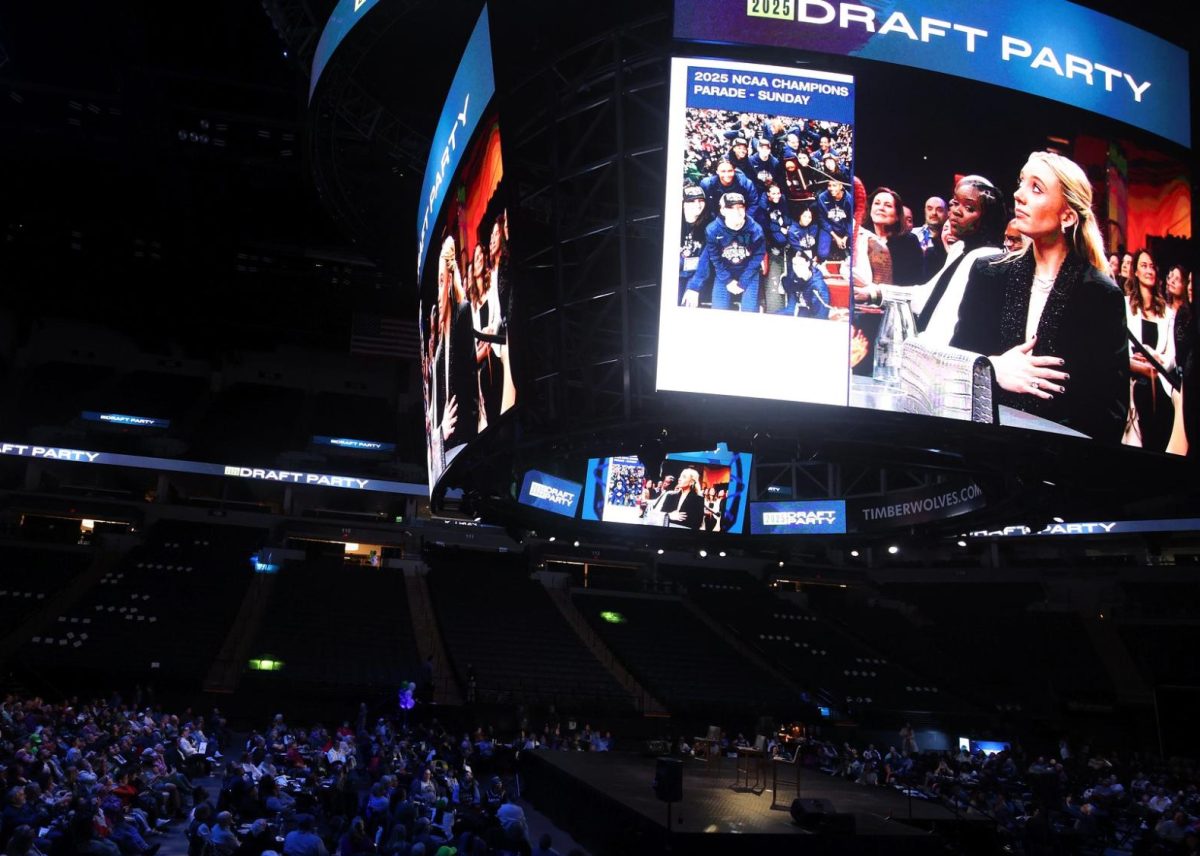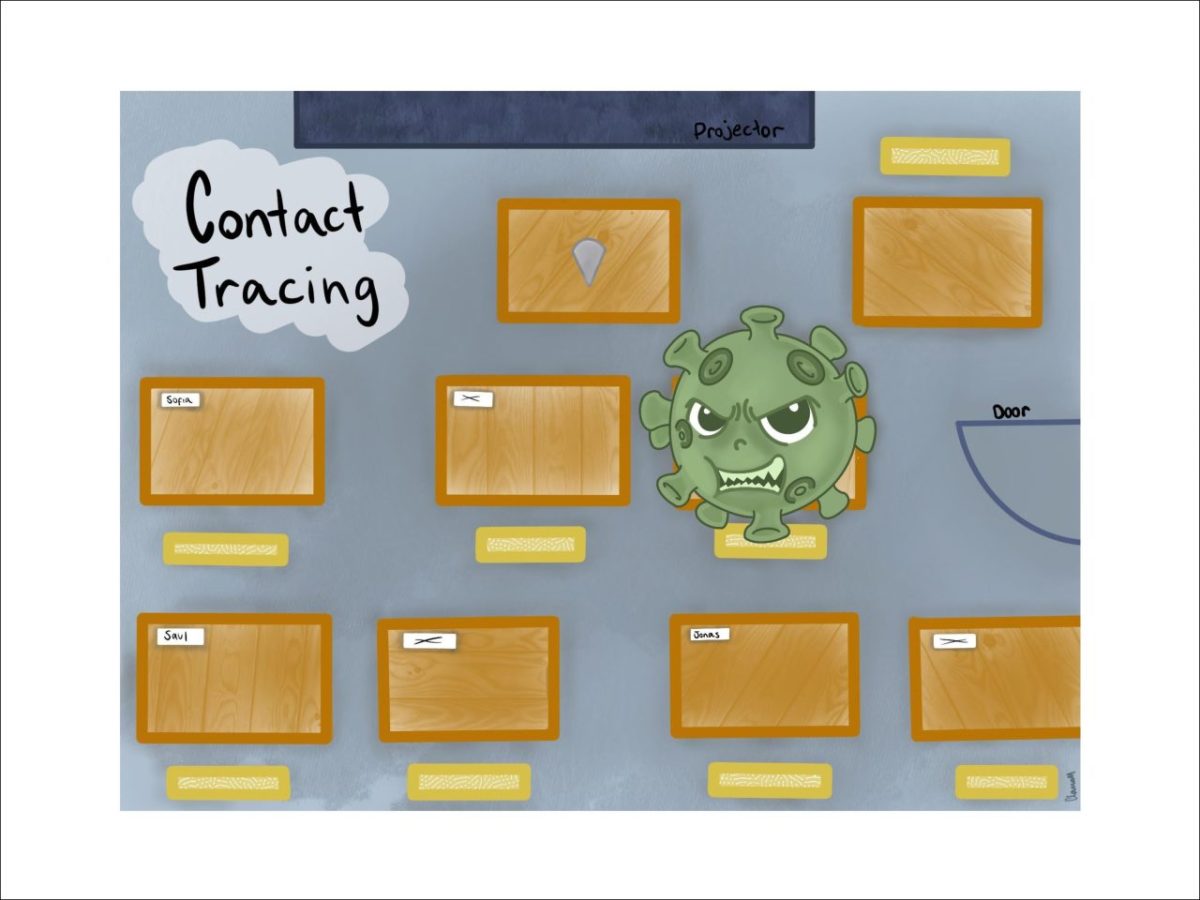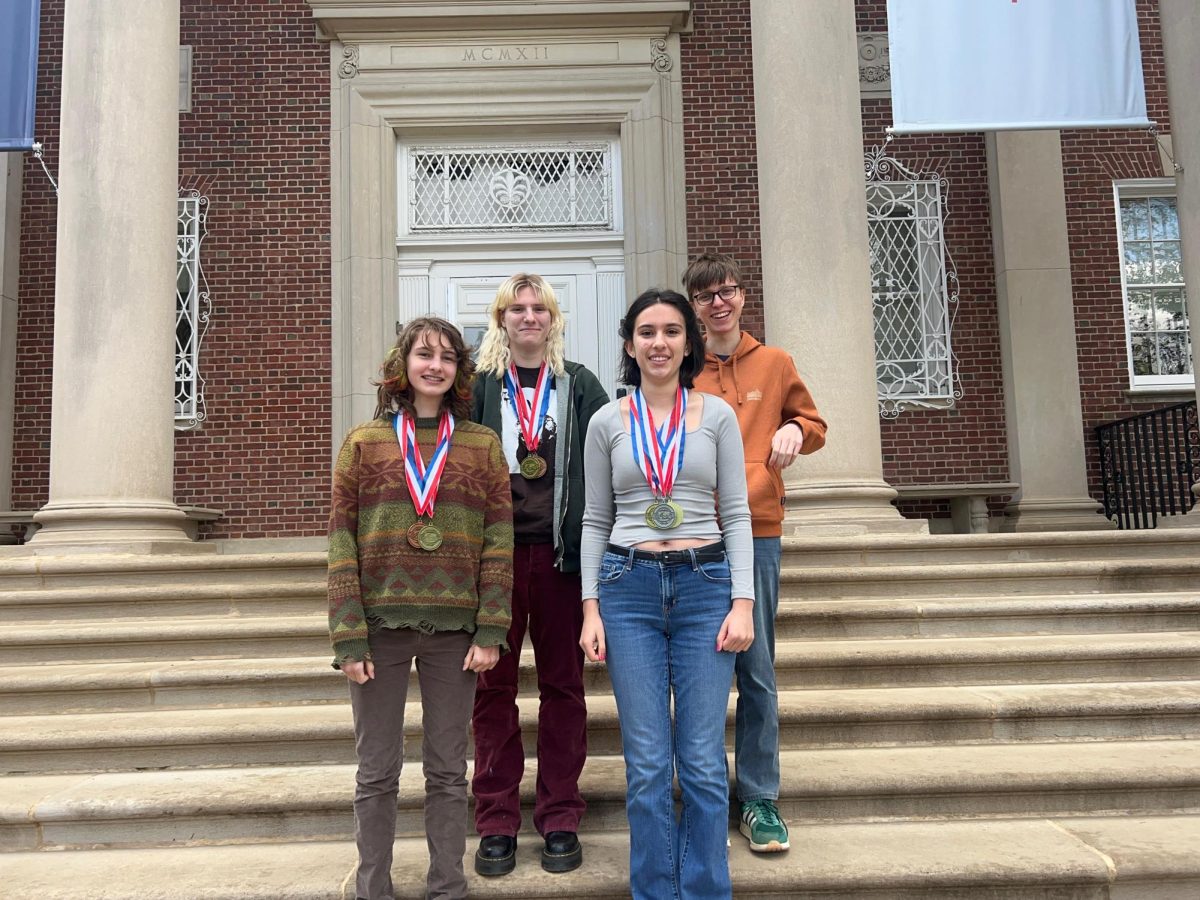As part of its hybrid model for reopening, WIS has implemented a partial contact tracing plan and numerous safety measures to mitigate the spread of COVID-19 in the school community.
Students are required to fill out a daily symptom check form and are encouraged to stay home if they feel unwell, for any reason. If a student is marked absent, Nurse Molly Foa or Courtenay Begard will follow up with them or their parents before they are allowed to return to campus. Though if a student is sent home, they must quarantine for 10 days before coming back or provide a doctor’s note specifying the diagnosis. For example, a student diagnosed with strep throat by their doctor may need to stay home for a few days to recover but can return to school once they feel better.
“There’s going to be a lot of overlap with the flu, so we’re going to err on the side of caution as much as possible. Our thresholds are going to be very low for sending kids home and if you go home, you have to stay out,” Foa said.
Families are expected to email Foa if a member of their household tests positive and she will provide instructions for the next steps. If a student tests positive for COVID-19 or they are presumed positive and are awaiting test results, the school will follow the guidance of the D.C. Department of Health. WIS will report all positive cases to them and they will ultimately be responsible for issuing a recommendation or order for the school to shut down. While abiding by federal and DC law, WIS will then email the affected individuals, classes, and grades. The school will also publish information and a flowchart on a page of the website.
Masks are required at all times, new HEPA filters have been installed throughout the school, and students wipe down their desks at the conclusion of every class. Every classroom also has assigned seating so that contact tracers will know exactly who the infected student has been in contact with. Furthermore, each grade will have a designated outdoor lunch space as a way to prevent the spread of the virus between grade levels.
As extra precautionary measures, all hallways have been adjusted for a one-way movement pattern, teachers are encouraged to hold asynchronous classes outdoors, and any classroom that an infected student was in will be deep-cleaned.
This plan was developed over the summer by the administration and both WIS nurses were involved in some capacity.
“I was involved in the early part of the summer and then again at the end of the summer. I’ve been on multiple calls with all the independent school nurses in the DC area. The other nurse [Courtney], took a contact tracing class and the OSSE [Office of the State Superintendent of Education] which is the occupational safety guidelines for the district has very specific guidelines about how you contact trace, who you contact, how they go about it, at what point you close a cohort, and at what point you shut down the school,” Foa said.
Despite these measures to contact trace through assigned seating and other regulatory measures, there is concern over gaps in the system, many of which are already evident in the first week back on campus.
“I think classes have been relatively safe, but the asterisk is when people are moving [between classes] because people tend to move in groups, and they ignore the six foot guideline,” Junior Jesse Jackson said. “Eating outside is nice, but when it gets colder and we need to move indoors into confined spaces, it’s going to be bad. [People] already have trouble staying six feet apart outside so staying six feet apart inside, without teacher supervision is going to be almost impossible.”
Foa, however, points to the success that many other DC area schools have had reopening in a similar model to WIS by lowering the number of individuals on campus through a system of both in-person and online learning.
“If you look at all the schools that have opened, most of the Catholic schools opened within the last few weeks. And I only know of one or two that have had to shut down for a week or two. So I’m hopeful that it will work,” she said.
Another issue that many students have brought up is WIS’ decision to not include COVID-19 testing as part of their initial reopening plan.
“It just doesn’t make sense to reopen without testing,” Senior Marama Diaz-Asper said.
The administration is currently looking into a partial testing plan, but no formal decision has been made.
“Going forward, we might, for example, choose to offer testing to symptomatic individuals to expedite decision-making. We might choose to screen people at random, vs. test the entire population, if that is a good route to understanding asymptomatic transmission,” Head of School Suzanna Jemsby wrote in an email.
Since the majority of people on campus will be students, there is a high chance that a case of COVID-19 could go undetected because younger people, especially those under the age of 20, are often asymptomatic carriers. Students are currently encouraged to get tested only if they experience symptoms, something many see as another potential flaw in the system.
“If a teenager were to kind of resume normal life, it could have a pretty big impact on cases. I saw a study where someone acting under normal behavior could infect 406 people in 30 days,” senior Mounis Cader said.
The data suggests that even with 50% reduction in contact, they could infect up to 15 people in the same time frame. Since the hybrid model involves substantial increases in the number of individuals one comes into contact with on a daily basis, this study is relevant to WIS’ reopening and contact tracing efforts.
For reference, the Georgetown Preparatory School in nearby Bethesda, Md. has implemented a program with a testing lab to screen students who have come in contact with someone with COVID-19, and conduct randomized sample testing for asymptomatic carriers. The school also required a negative test before students could return to campus.
Though, Foa believes that testing is not the most effective means of mitigating the spread of the virus even with asymptomatic carriers on campus as there are other more proven methods that WIS has already implemented.
“I think that if we do what we can to stay safe: wearing our masks, keeping our distance, and washing our hands, then I think the risk of spread is low. Even the head of the CDC just came out and said that it is better, even than a vaccine, at this point. Doing these 3 things is the best way to stay safe,” she said.
As temperatures cool and activities head indoors, many also fear a second wave of the virus. While WIS is taking precautions in terms of contact tracing and mitigation in the WIS community, the situation in the greater D.C. area could thwart their efforts.
“I think there’s a very good possibility that between Thanksgiving and Winter Break, we could possibly be in a distance learning model. And then maybe in February, go back to a hybrid. I don’t necessarily think it’s because we’re going to have an outbreak on campus but I think it’s going to come from the Mayor,” Foa said.
Some WIS students, however, may decide to opt-out of hybrid learning, even after their first week.
“There is a small chance that I might come back, but there’s an even larger one that I stay home because I love in-class learning and it has been great so far, but there’s still just too many risks,” Jackson said.

































































